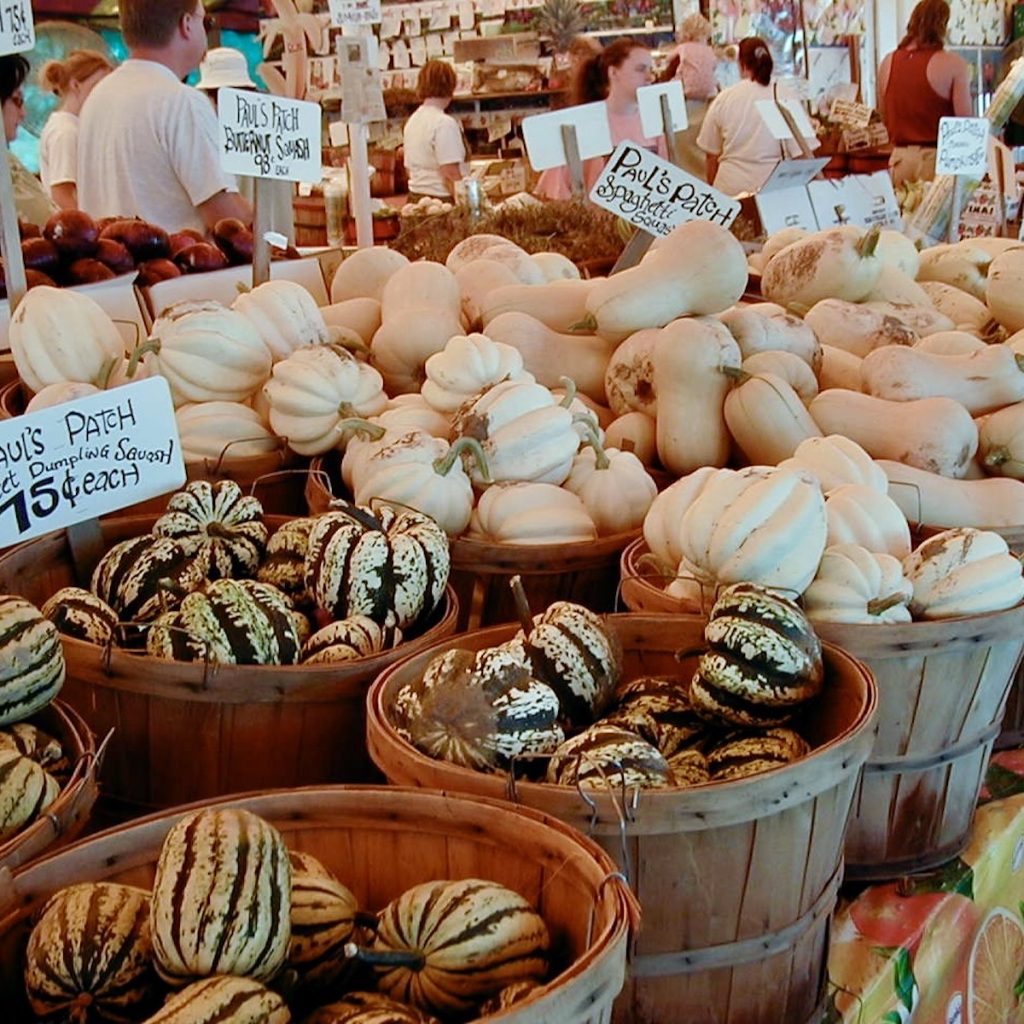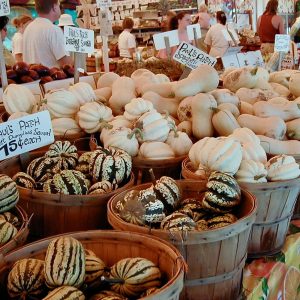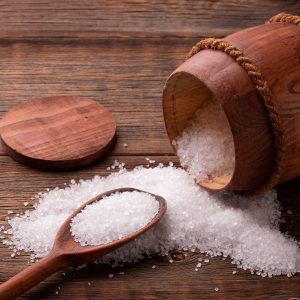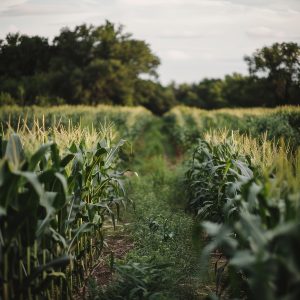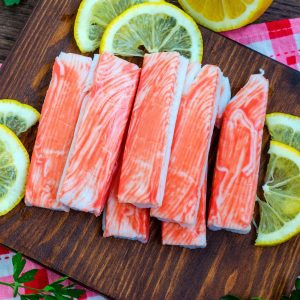From Farm to Table
Before mass transportation and the global marketplace, it was natural to shop and eat seasonally. Folks ate tomatoes in the summer. If they wanted them in the winter, they made sure to can some at the end of the growing season. If they didn’t have enough to can, they went without.
Most of us cannot even fathom not being able to find celery all year long. Or onions. Or green beans. We live in a fast-paced world where food is shipped from one side of the globe to another. We import a lot of fruits and vegetables from South America where the seasons are the reverse of ours. Next time you’re at the grocery store, look at the labels on the produce. You might be surprised to see all the fruits and vegetables from Argentina, Chile, and Peru.
Because of globalization, we enjoy pineapples and bananas on the mainland. Folks in Minnesota can get fresh citrus fruits. Folks in Kansas can get lobster. Folks in New York can enjoy aloe and prickly pear cactus fruits. And don’t even get me started on worldwide chains.
The upside of globalization and the shipping of perishables long distances is that we can enjoy “exotic” or out-of-season foods anytime. This can expand our culinary horizons and educate our palates.
The Downside of a Global Supermarket
Unfortunately, there are many downsides, as well. One of the most pertinent in light of global warming is the carbon footprint involved with shipping. Think of the number of petroleum products needed to ship foods over long distances. For every person who enjoys a banana, greenhouse gases are being released into the atmosphere by the ships, trains, and trucks carrying the bananas.
Another consideration is pesticide use. While the EPA, USDA, and FDA have banned certain pesticides in the United States because of health concerns, other countries might not have such strict standards. But, again, I am not saying that the fruits and vegetables grown in other countries are bad for you; I would recommend that, if you have any concerns, you research the chemicals approved for use in the country where the food was grown.
Since shipping perishables damages them, much research has gone into breeding “sturdy” fruits and vegetables that can stand up to the rigors of transport. Sadly, what is gained in hardiness is often lost in flavor. Many fruits and vegetables are harvested before they are ripe so they continue to ripen during shipping. Vegetables begin to lose their natural sweetness once ticked as sugars in the foods are converted to starches.
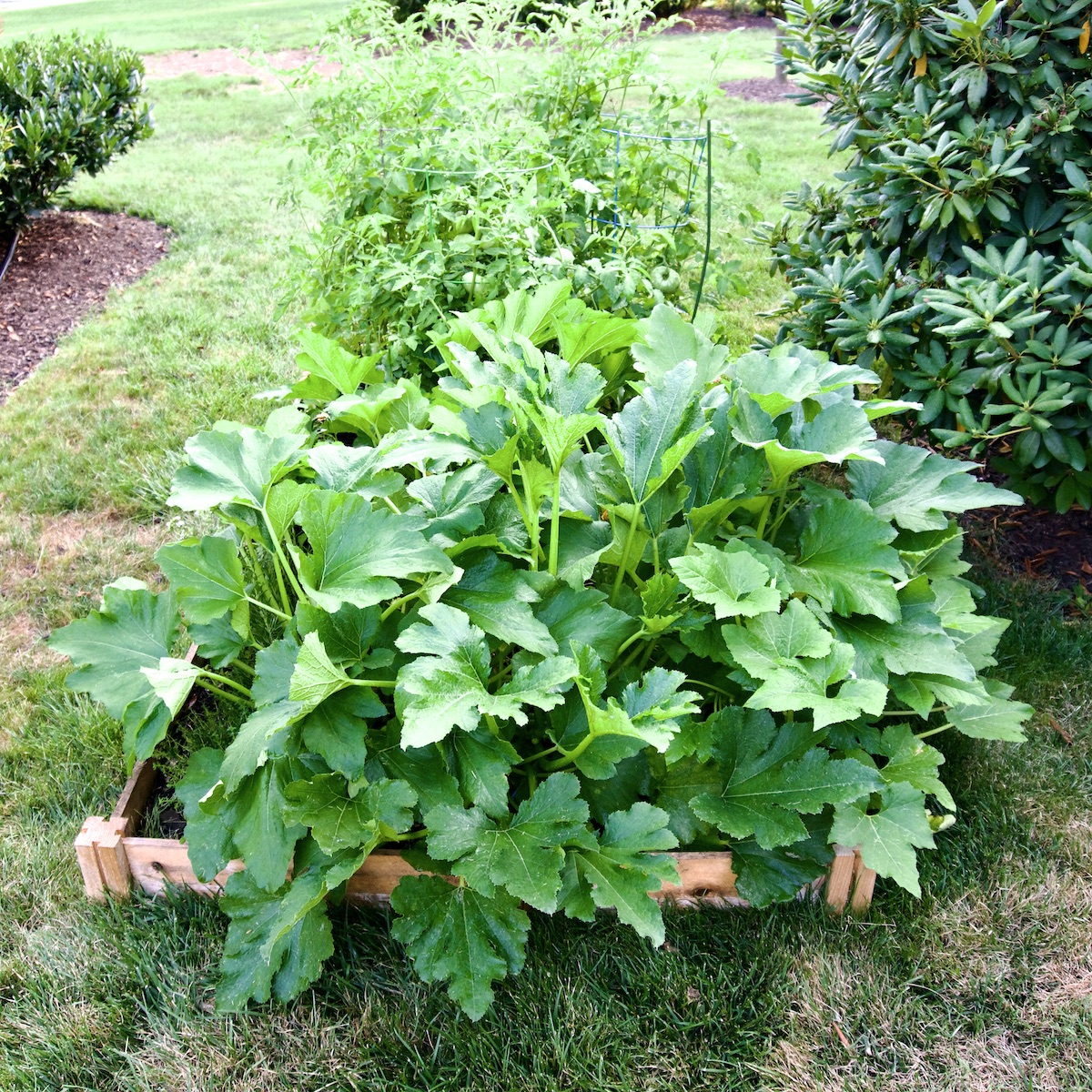
Plant Your Own Garden
There is nothing like the freshness and sweetness of freshly picked fruits and vegetables. When picked at the height of ripeness, fruits and vegetables are also at the height of flavor and nutritional value. So, if you can, plant a garden with vegetables that will thrive in your USDA Hardiness Zone, and enjoy vegetables from spring through early fall. Talk about a small carbon footprint—I doubt you’ll need to drive to the backyard to harvest your vegetable bounty!
This year we planted a small garden with my youngest daughter so she can experience growing her own vegetables. We are all very excited to see how we do. As a kid, my dad always had a small vegetable garden out back, and I remember summer nights when he would come home from work, head back to his garden, pick some ripe tomatoes, and dig around for new potatoes for dinner. What a treat!
Community Supported Agriculture
If you don’t have the space or the time to plant your own garden, consider signing up for local Community Supported Agriculture (CSA). The rules vary from CSA to CSA, but generally, you can get fresh seasonal fruits and vegetables weekly from a local farm for a flat fee for the season. Some deliver, but many require that you drive to pick them up. Regardless, the carbon footprint is minimal since the grower is local, and you can rest assured that the produce is freshly harvested.
We belonged to a couple of CSAs affiliated with my wife’s workplace and enjoyed finding out what we were getting each week. Yes, sometimes there would be an abundance of greens we weren’t sure what to do with, but it has been a fabulous experience.
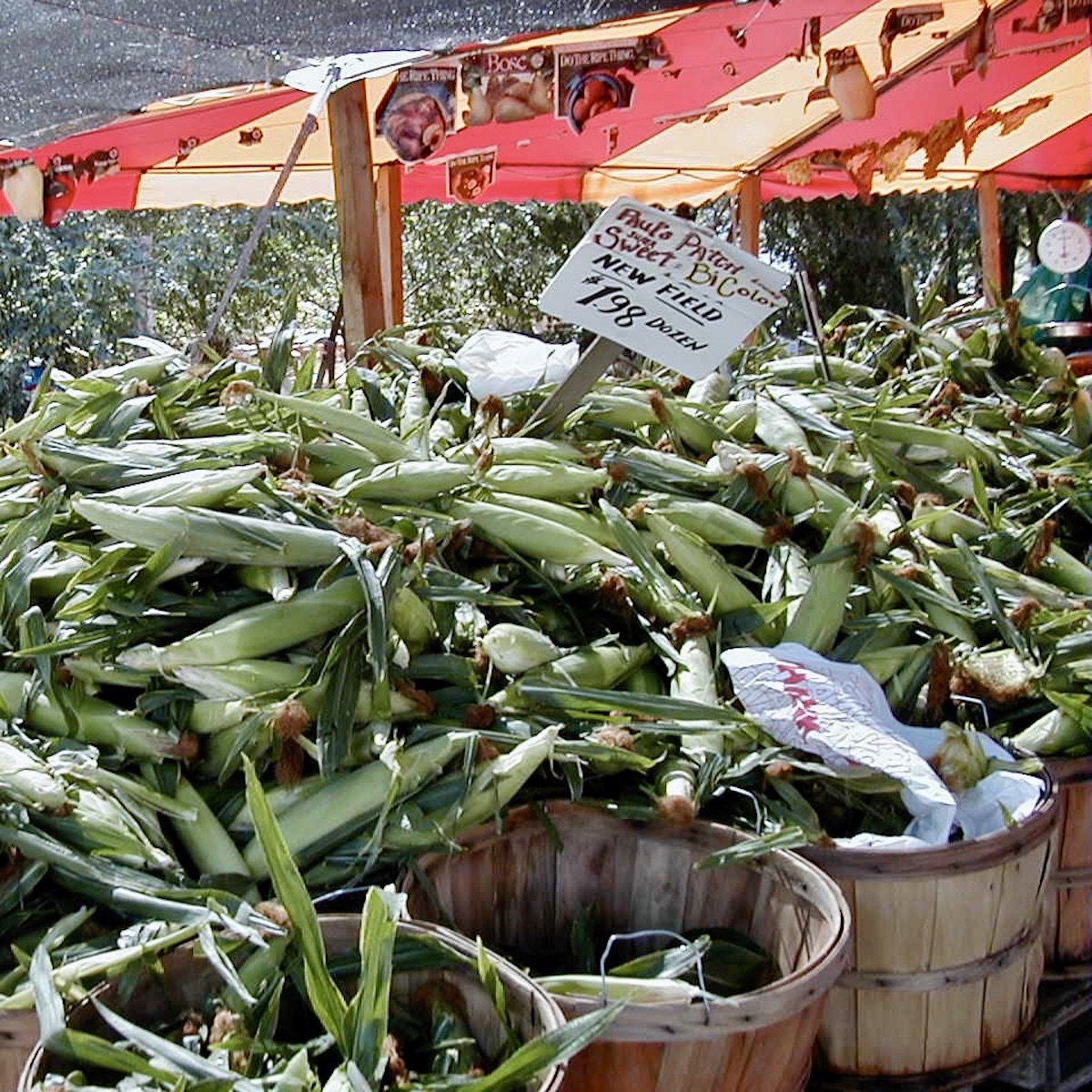
Farmer’s Markets
No CSA in your neck of the woods? Frequent your local farmer’s market. Besides produce, many farmer’s markets have expanded into meats, dairy, honey, and even pastries—a one-stop shop for local food. My wife and I go to the year-round farmer’s market every Saturday morning. It has become a ritual for us, and because we go so routinely, we’ve gotten to know and because friends with the butchers, fishmongers, cheesemongers, and farmers, so we always learn about what’s fresh that day.
Eating seasonally requires a little forethought and planning. It also requires that you be flexible—cook what’s available when it’s available. Eating seasonally also means environmentally friendly, healthier, more flavorful, fresher food for you and your family.

